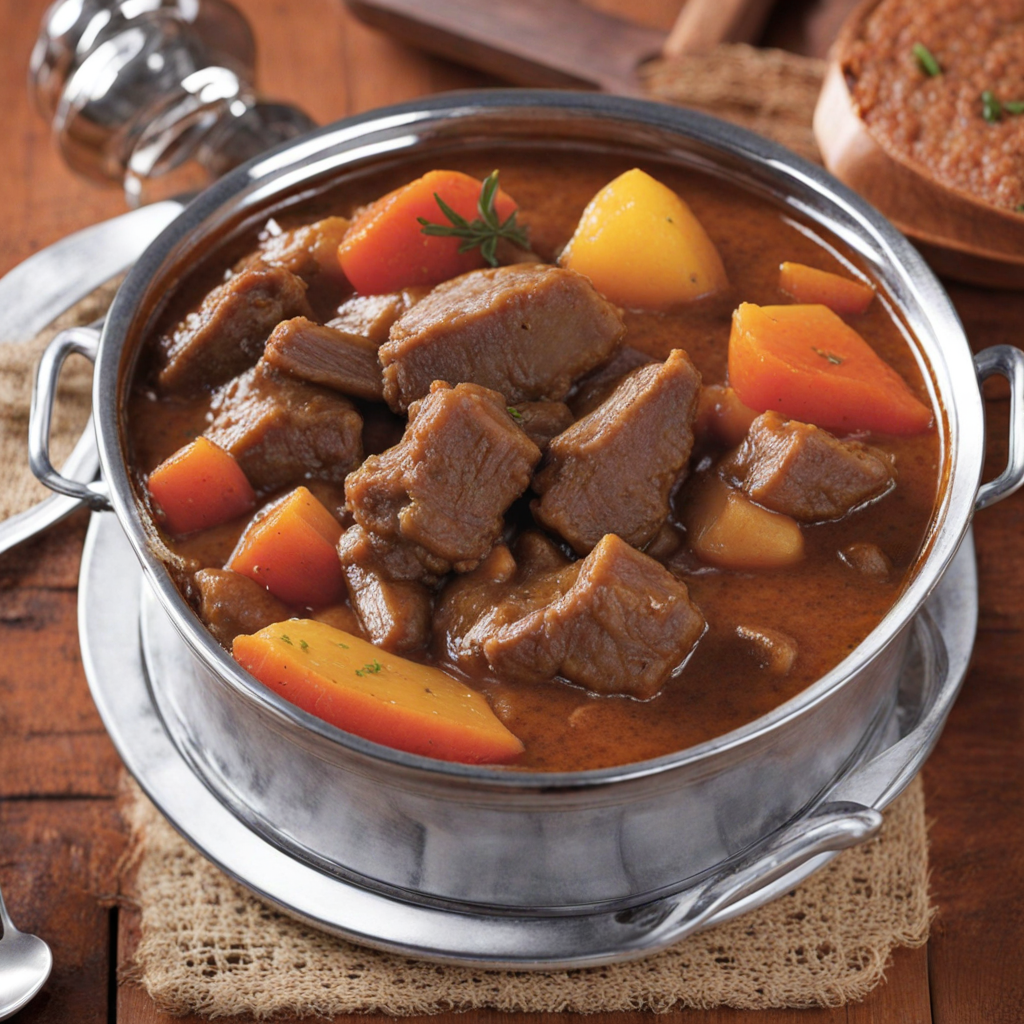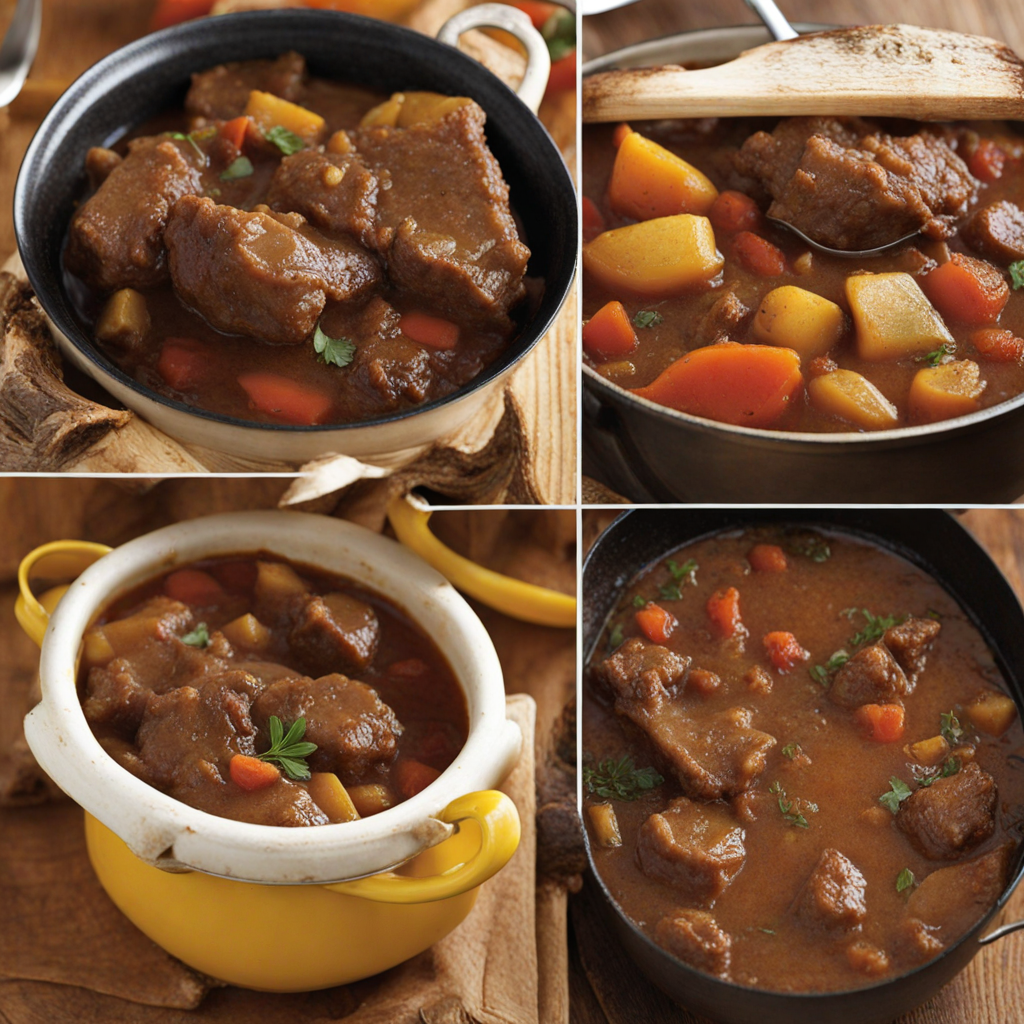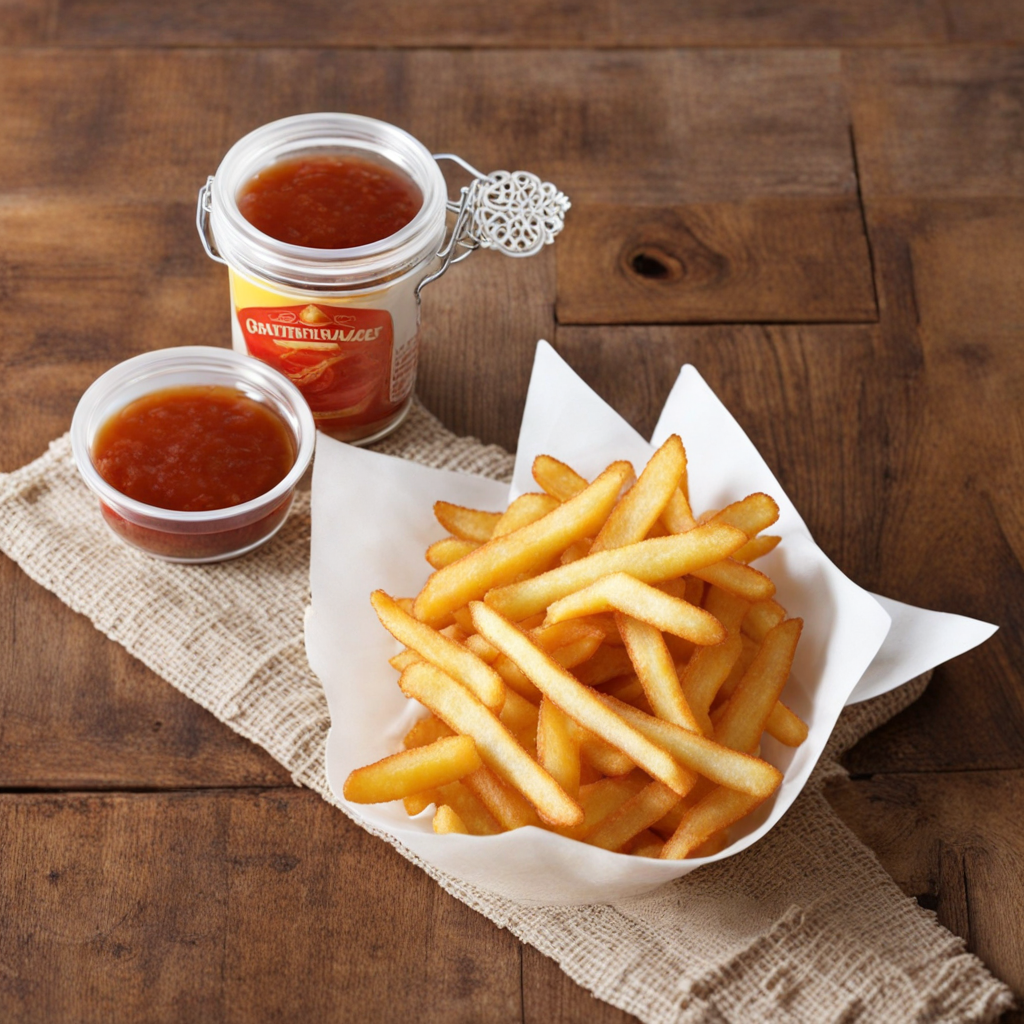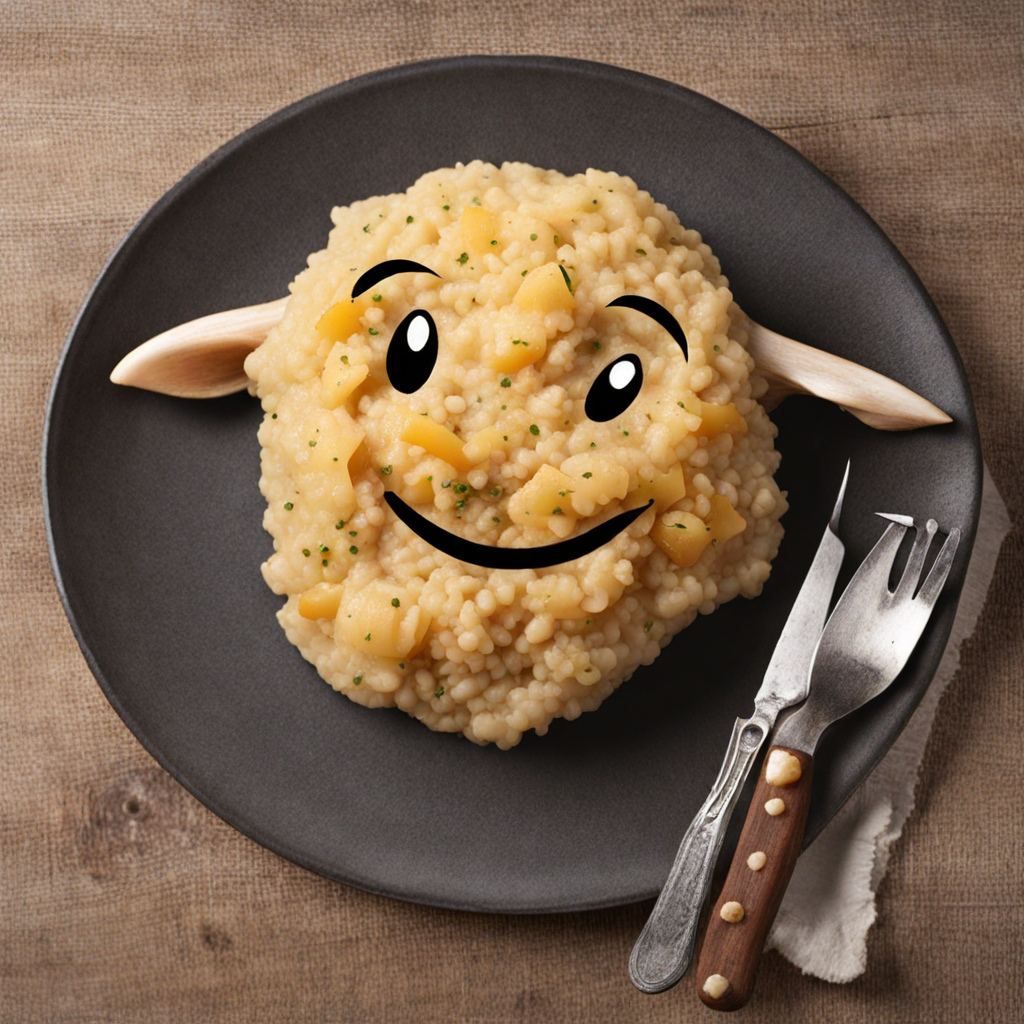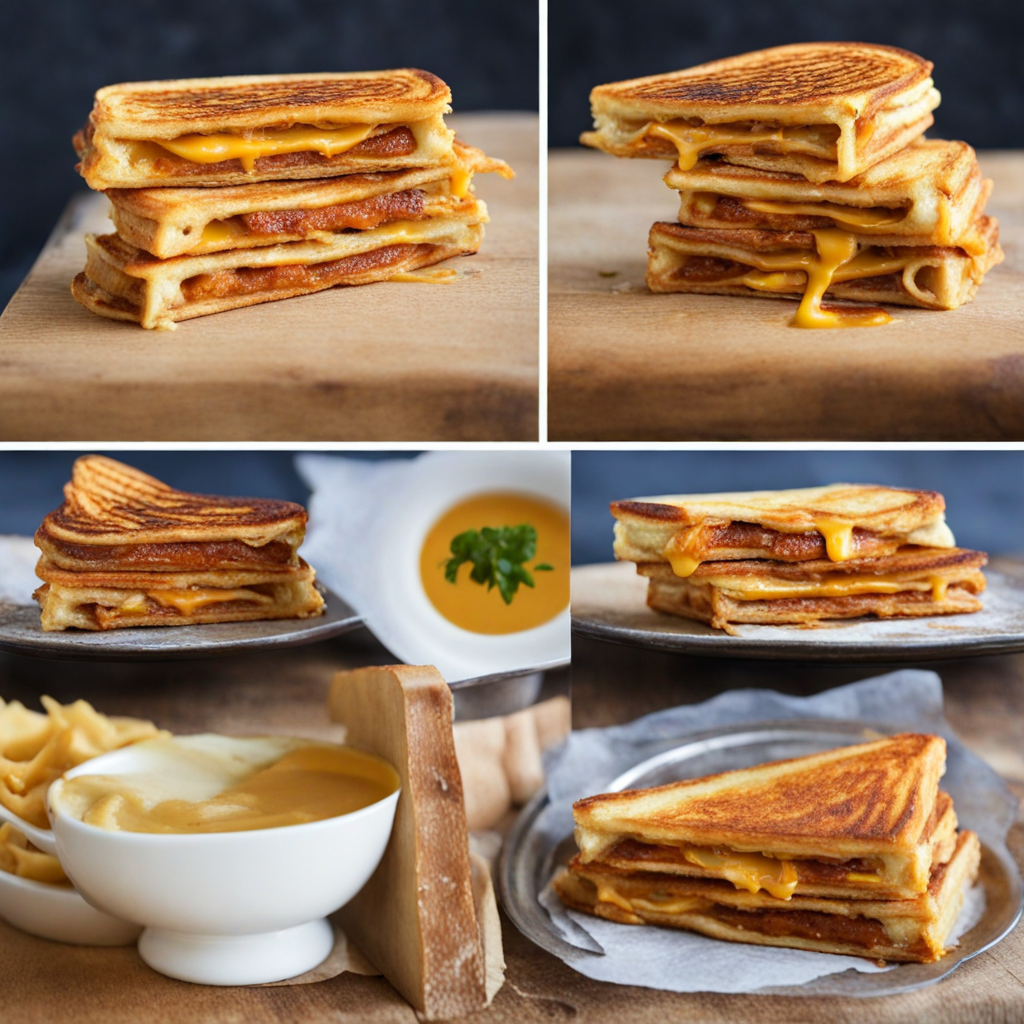Denningvleis
Denningvleis is a traditional South African dish that showcases the rich flavors of slow-cooked lamb, typically prepared in a potjie, a cast-iron cooking pot that embodies the essence of South African outdoor cooking. The dish is characterized by its tender, succulent pieces of meat that are marinated in a blend of aromatic spices, including garlic, ginger, and a medley of herbs, which impart an earthy depth to the dish. The result is a hearty and satisfying meal that is perfect for sharing with family and friends around a fire, enhancing the communal spirit of South African culture. At the heart of Denningvleis is the balance of sweet and savory notes, often achieved through the inclusion of apricots or prunes, which add a natural sweetness that complements the richness of the lamb. This dish is typically accompanied by a side of fluffy rice or soft, crusty bread, allowing diners to soak up the flavorful sauce that develops during the slow cooking process. The use of local ingredients, such as fresh vegetables and spices, also elevates the dish, giving it a unique character that reflects the diverse culinary heritage of South Africa. Denningvleis is not just a meal; it is an experience that engages all the senses. The enticing aroma wafting through the air as it cooks is enough to whet anyone’s appetite. As you take your first bite, the tender meat melts in your mouth, while the complex flavors dance on your palate, creating an unforgettable taste sensation. This dish is a celebration of South African cuisine and is sure to delight anyone looking to explore new and exciting culinary horizons.
How It Became This Dish
Denningvleis: A Culinary Journey through South African Heritage Denningvleis, a traditional South African dish, encapsulates the rich tapestry of the country's cultural heritage and culinary evolution. This aromatic lamb or mutton stew, often slow-cooked with a blend of spices, fruits, and vegetables, is deeply rooted in the culinary practices of the Cape Malay community, showcasing a fusion of African, Asian, and European influences. #### Origins The origins of Denningvleis can be traced back to the 17th century, marked by the arrival of the Dutch East India Company at the Cape of Good Hope. As a strategic refreshment station on the maritime route to the East Indies, the Cape became a melting pot of cultures. Among the early settlers were the Malay slaves brought from the Indonesian archipelago, who carried with them their culinary traditions. The term "Cape Malay" refers to these communities, whose vibrant culture significantly shaped South African cuisine. Denningvleis itself is believed to have its roots in the traditional dishes prepared by these communities, characterized by the use of spices such as coriander, cumin, and turmeric. These spices, combined with the availability of local ingredients, laid the foundation for what would evolve into a beloved dish across South Africa. #### Cultural Significance Denningvleis is more than just a meal; it is a celebration of cultural identity and community. Often prepared for special occasions, family gatherings, and communal feasts, this dish holds a significant place in the hearts of many South Africans, particularly within the Cape Malay community. It serves as a unifying element—bringing people together around the dining table to share stories, laughter, and a sense of belonging. The dish's name itself, "Denningvleis," is derived from the Afrikaans "denning," meaning "to stew," and "vleis," meaning "meat." The preparation of Denningvleis often involves a communal effort, where family members gather to chop vegetables, marinate the meat, and prepare the pot for cooking. This communal cooking experience fosters bonds among families and friends, reinforcing the importance of sharing meals as part of cultural traditions. #### Ingredients and Preparation At its core, Denningvleis is typically made with lamb or mutton, though variations exist that utilize beef or even chicken. The key to its distinctive flavor lies in the marinade, which usually consists of a blend of spices, vinegar, and sometimes fruit such as dried apricots or prunes. The choice of spices reflects the influences of Cape Malay cuisine—sweet and savory elements harmonize to create a complex flavor profile. The preparation involves marinating the meat for several hours or overnight, allowing the spices to penetrate the flesh and infuse it with flavor. The marinated meat is then slow-cooked with onions, garlic, and tomatoes until tender. The addition of fruits like apricots or prunes not only enhances the sweetness of the dish but also provides a counterbalance to the richness of the meat. Traditionally, Denningvleis is served with rice or bread, allowing diners to soak up the flavorful sauce. Each family may have its own recipe and variations, making it a dish that is both versatile and deeply personal. #### Development Over Time As South Africa underwent significant social and political changes throughout the 20th century, so too did its culinary landscape. The apartheid era, with its policies of racial segregation, had a profound impact on the sharing and evolution of food traditions. Despite these challenges, Cape Malay cuisine—including Denningvleis—remained resilient, with families passing down recipes from generation to generation. In recent decades, with the advent of a more inclusive society and the appreciation of diverse culinary traditions, Denningvleis has garnered increased recognition beyond its traditional borders. Food festivals and cultural events celebrating South African cuisine have contributed to a revival of interest in Denningvleis. Chefs and home cooks alike have begun to experiment with the dish, incorporating contemporary techniques and ingredients while honoring its traditional roots. The rise of social media has played a pivotal role in this resurgence, as food enthusiasts share their interpretations of Denningvleis, showcasing its adaptability and relevance in modern cuisine. The dish has found its way onto restaurant menus, appealing to both locals and tourists seeking an authentic taste of South Africa. #### Denningvleis in Contemporary Culture Today, Denningvleis stands as a symbol of South African identity and the celebration of multiculturalism. It is often featured in cookbooks dedicated to South African cuisine, highlighting its significance in the culinary landscape. Additionally, cooking classes focused on Cape Malay cuisine frequently include Denningvleis, allowing participants to engage with this rich heritage actively. As South Africa continues to evolve, the importance of traditional dishes like Denningvleis remains. It serves as a reminder of the country’s complex history and the ways in which food can bridge cultural divides. In a world where culinary traditions are constantly being reinvented, Denningvleis remains a cherished dish that honors the past while embracing the future. #### Conclusion Denningvleis is more than a dish; it is a narrative woven through the fabric of South African culture. From its origins in the kitchens of the Cape Malay community to its place on contemporary dining tables, Denningvleis represents resilience, unity, and the enduring power of food to connect people across generations and cultures. As we continue to celebrate and share this beloved dish, we preserve not only its flavors but also the stories and traditions that define it. Through every pot of Denningvleis simmering on the stove, a piece of South African history is encapsulated, reminding us of the diverse and rich culinary heritage that continues to shape our taste and identity.
You may like
Discover local flavors from South Africa


